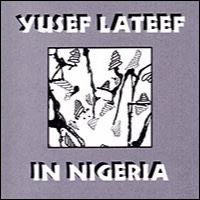Fana Publications is pleased to announce the 2019 premier release of the outcome of Dr. Yusef Lateef's research in Nigeria, "The Musicians, Music & Musical Instruments of Northwestern Nigeria".
It has been formatted with his content of a co-authored book. It has photos of Dr. Lateef and Nigerian musicians, drawings, composition samplings, interviews, and of course references and a bibliography.
Please click here for excerpts, more information and to order "The Musicians, Music & Musical Instruments of Northwestern Nigeria"
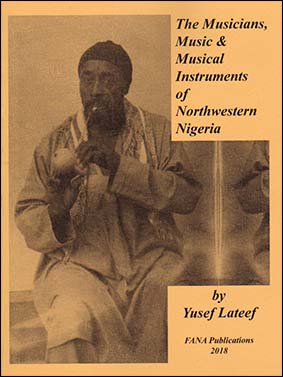
Music in Community Life
IMAGE 1
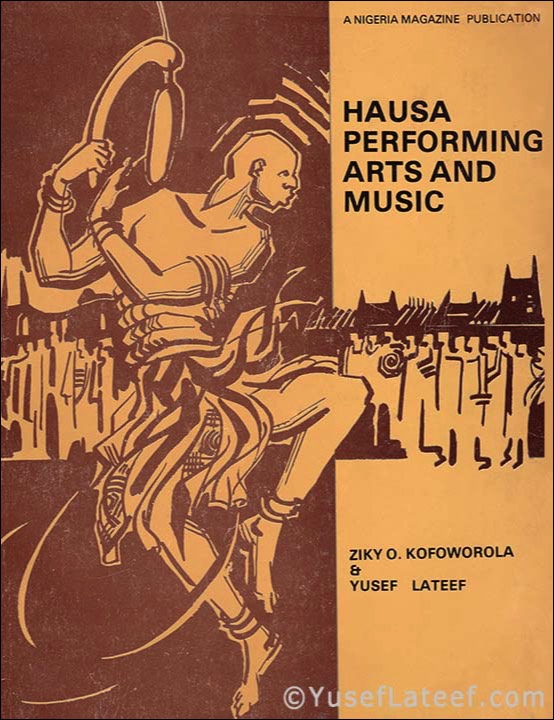
ImageLinkHere
'Hausa Performing Arts' co-authored by Yusef Lateef and Ziky O. Kofoworola
IMAGE 2
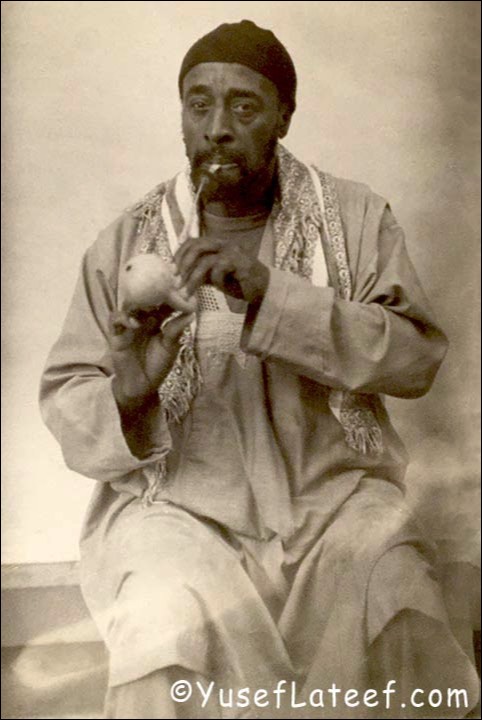
ImageLinkHere
Dr. Yusef Lateef playing Algourdaphone double-reed instrument
IMAGE 3
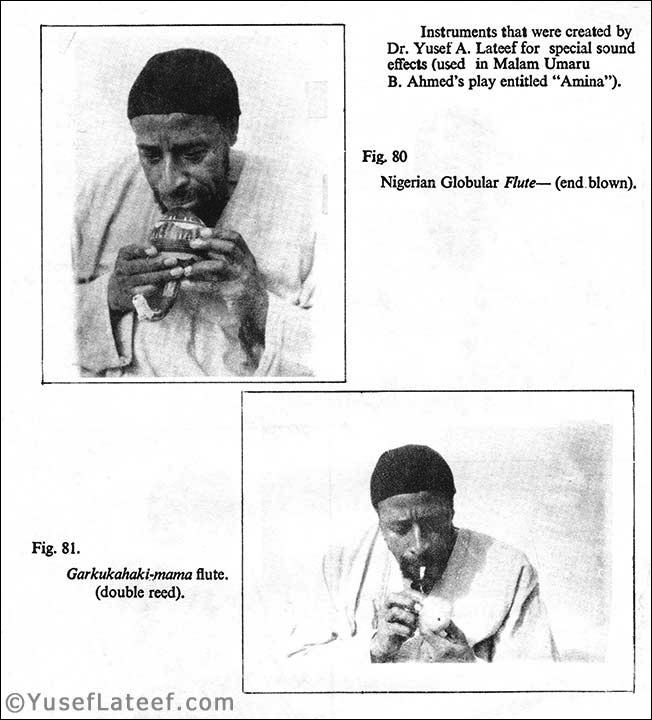
ImageLinkHere
Instruments that were created by Dr. Yusef Lateef
IMAGE 4
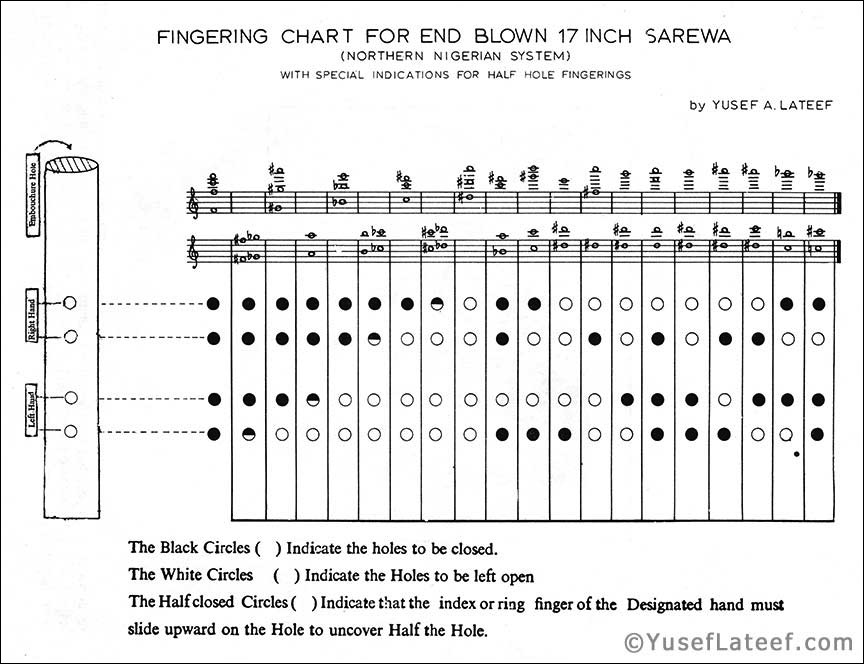
ImageLinkHere
Sarewa Fingering Chart by Dr. Yusef Lateef
IMAGE 5
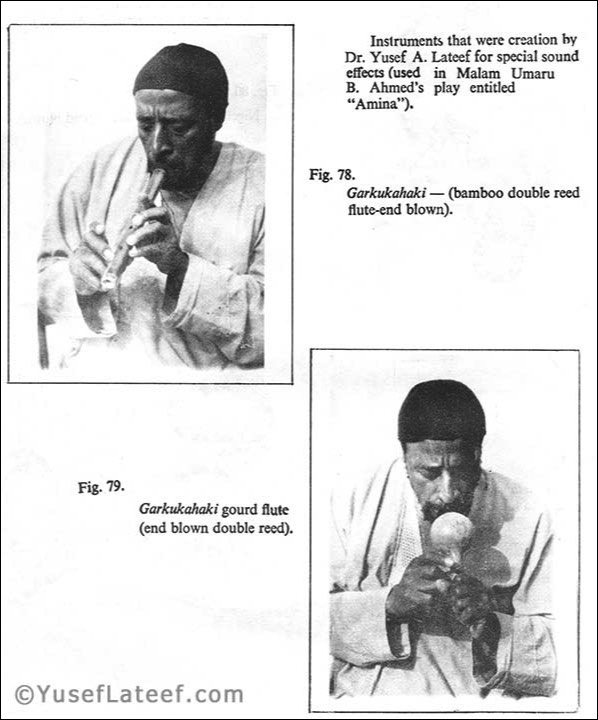
ImageLinkHere
Instruments that were created by Dr. Yusef Lateef
IMAGE 6
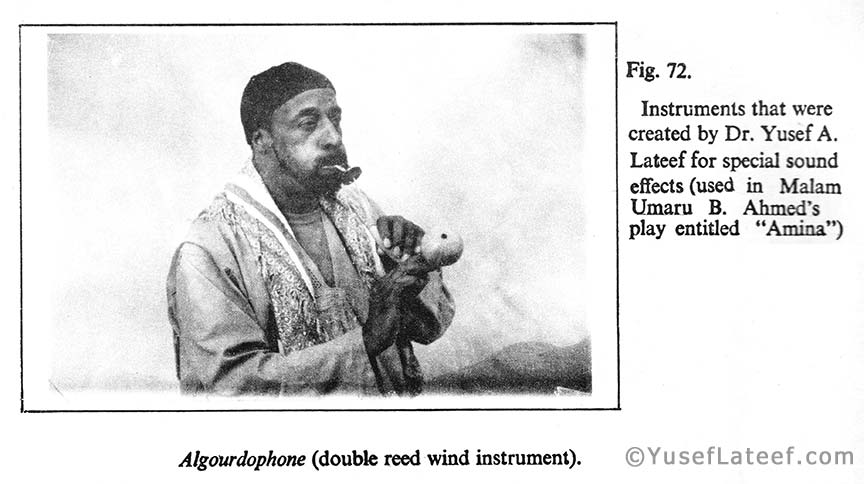
ImageLinkHere
Algourdaphone double-reed instrument created by Dr. Yusef Lateef
The artistic application of each of the above instruments, and others, are presented in compositions which are laden with far-reaching significance. Each musical composition possesses its own structure, its own tonal equilibrium, even its own moral climate. The painstaking honesty, the craftsmanly exactitude of each work raises it to the heights of abstract thought and at the same time to that austerity, economy of means, and essential authenticity which characterize the true laying bare of a soul.
Music in community life invites us to move into the aesthetic world that is the counterpart to the world of sight-sound. The mastery of musical expression in community life finds an explanation which will be a valuable contribution to a deeper understanding of the music of Africa. To know this music — to feel it, to love it — does not necessarily require a knowledge of the inner processes that activates its creators. But when they themselves take the trouble to share with us this inner work, following its various stages we can then gauge how important such a revelation can be when it is based upon absolute sincerity and intellectual integrity.
During the course of this book (which is the culmination of the author's function as a Senior Research Fellow in the Nigerian Music section of the Centre for Nigerian Cultural Studies) this writer presents his findings by citing concrete examples which he views, highly individual but always consistent with his way of looking at things. And each example will serve as a vehicle for considerations more general and of wider horizon, where the frequently hidden entities that have led us to the appreciation of African music and musicianship will then actually bring us face to face with the Nigerian musician's conception of the problems of artistic creation, as well as of problems that touch upon style, training, philosophy of music, taste and the performance of music.
(The above is the introduction to "Hausa Performing Arts and Music" co-authored by Yusef Lateef and Ziky O. Kofoworola)
